We all have anxiety and stress. Although they may appear negligible, they can put quite a weight on our mental health. The mind is a very important part of overall health. A healthy mind can make all the difference. Thus, it is important to deal with our stress and anxiety to take care of our health. Our focus today will be on different breathing exercises for anxiety. Many breathing exercises are being exercised by a lot of people around the world. We will be looking at breathing exercises for anxiety.
How breathwork can help relieve anxiety?
Breath working puts your mind and body in a relaxed state. Relaxation is the best medicine for anxiety and stress.
This is how breathwork can help you to remove your stress. It also prepares you to deal with stress and anxiety in the future.
Benefits of breathwork

Our focus in this article is on breathing for anxiety. But there are more benefits of breathwork that should be mentioned.
So here are some of the best benefits of breathwork, including stress relief.
Encourages you to be mindful
Breath-working meditations can affect your body as a whole. It unlocks a lot of blockages in your body and mind. This allows you to understand yourself, your surroundings and helps you to be mindful.
Being mindful has a lot of benefits of its own. It will improve your quality of life and change the way you look at your life.
Improves sleep
Breathing meditations can improve your mental health and encourage you to be mindful. Being mindful and also being free of all kinds of stress and anxiety results in better sleep.
Or you can think of it more easily. Breathwork exercises put your mind and body in a relaxed state. This relaxed state is what encourages better sleeping.
Improved sleep is something that we all long for. Without a goodnight’s sleep, we cannot gather all the energy our body and mind need to go through the busy modern day.
Makes your immune system stronger
Breathwork exercises involve you breathing clean air into your lungs. This inhalation of clean air allows more Oxygen to flow in your blood cells.
You may have known the fact that more oxygen in blood cells results in more metabolism and more energy.
When we perform breathing exercises, we are inhaling more Oxygen into our blood cells. This generates extra energy for our bodies. A good portion of this energy is invested in our immune system and it becomes stronger.
Having a stronger immune system can save you from a lot of diseases and keep you healthy.
Removes toxins from your body
Breathing exercises involve you taking deep breaths. This not only supplies more oxygen but also takes out more toxic wastes from your blood cells and releases it out of the body when you exhale.
Deep breathing also triggers the lymphatic system in our body. The lymphatic system is mostly responsible for eliminating toxins in our bodies.
Add these two factors with the improved immune system, and you get a stranger body free from toxins.
Encourages self-love
Breathing exercises allow you to have some “me-time” for yourself. It relaxes your mind and gives you the ground to think about yourself.
This helps you to open up to yourself and encourages you to accept yourself as who you are. All this results in a deeper connection with your soul and you will love yourself more.
Different types of breathing exercises for anxiety
In this section, we will be talking about the five most-used breathing techniques for anxiety. You can consider this section as your “How to breathe to relieve anxiety” guide. So, let’s get started.
1. Breathing exercises for anxiety: Deep Breathing

Let us start with the most basic and effective breathing technique out there. Deep breathing! It is very simple.
To start this technique, you need to sit down and get into a comfortable posture. Now keep your mouth closed/ lips sealed, and breathe in with your nose.
Take a deep breath and then exhale all the air that you have inhaled. That’s the deep breathing technique. It is simple, but it is the most effective breathing technique.
2. Breathing exercises for anxiety: Pursed lip

The Pursed lip is another famous Breathing exercise for anxiety. It uses both your nose and mouth to breathe.
For this technique, stand up straight, or sit down in a straight posture. You can even lie down if you want, but you will have to lie on your back and straighten your spine.
Now breathe in as much air you can through your nose. Then hold it in for two seconds. Next, purse your lips and blow out all the air through your lips.
To exhale, you should spend twice the amount of time you took to inhale.
3. Breathing exercises for anxiety: Sitali breath
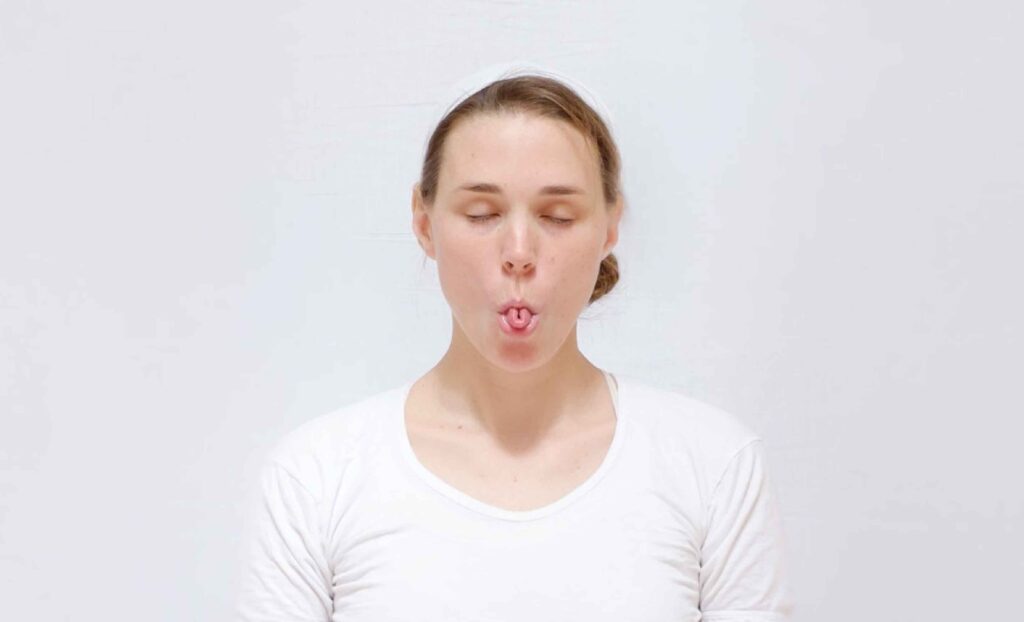
The Sitali breath is a different kind of breathing technique. For this technique, sit in a straight posture, take a couple of deep breaths to prepare your lungs for the exercise. Now put your tongue out and form a semi tube-like shape. You will inhale with this tube-like shape made with your tongue.
After inhaling, hold your breath for six to eight seconds. Then bring your tongue back in your mouth, close your lips, lower your chin and exhale through your nose.
4. Breathing exercises for anxiety: Diaphragmatic breathing
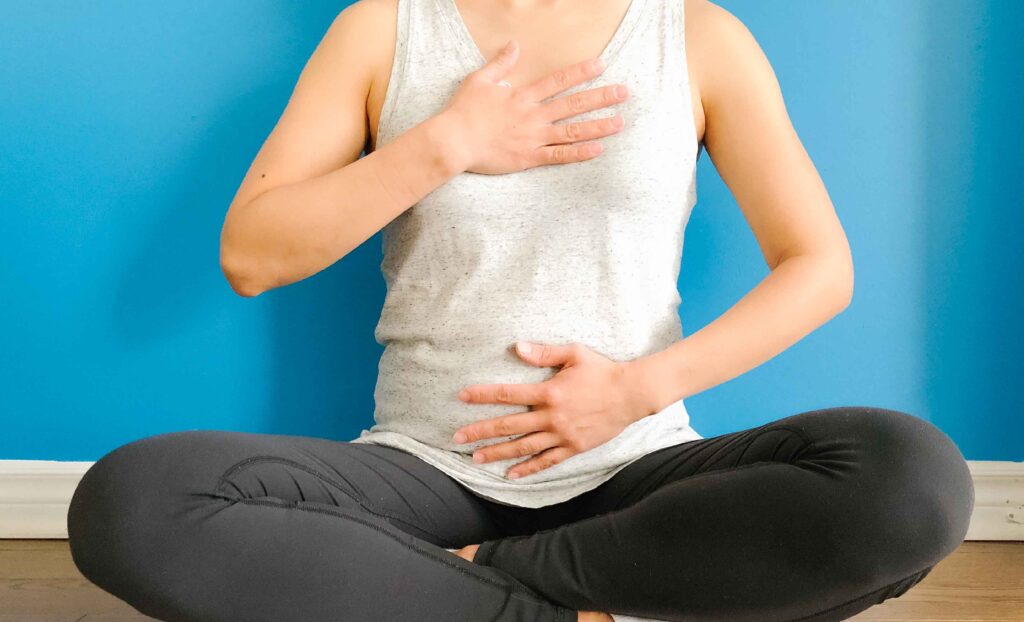
The Diaphragmatic breathing technique focuses on strengthening the respiratory muscles. For this technique, sit in a straight posture with your back straight. Relax your neck and shoulder muscles. Keep your mouth closed and breathe in with your nose.
When breathing, make sure that your chest is not expanding too much. Let your belly move outward. That means you are doing it the right way. Repeat this procedure as long as it is required.
5. Breathing exercises for anxiety: Lion’s breath
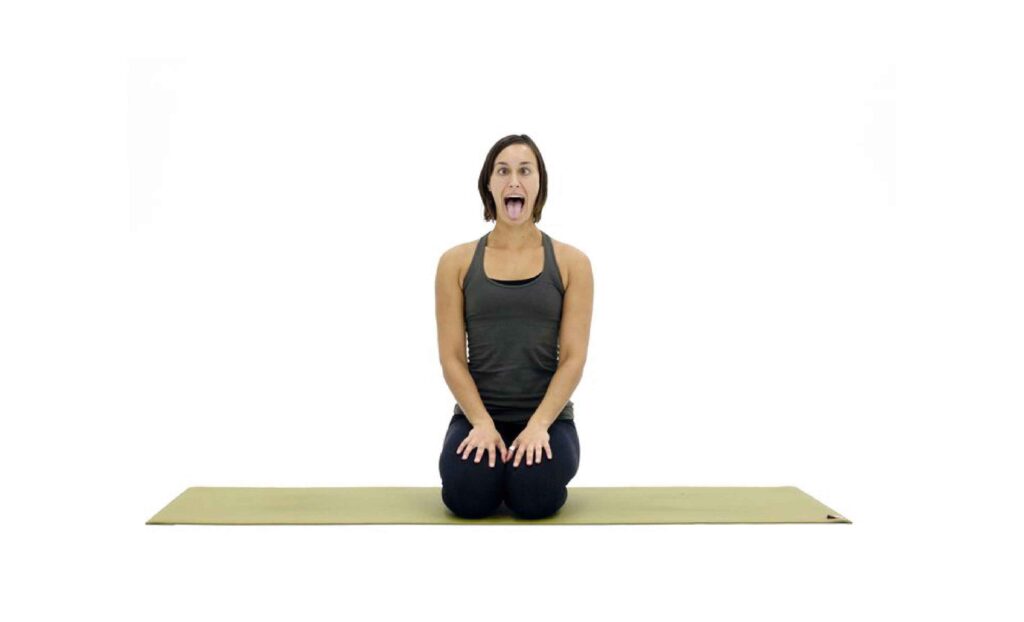
The Lion’s breath exercise is famous among singers and vocalists. It strengthens the diaphragm and vocal cords.
For this breathing technique, sit down in a straight posture. We would recommend you to sit on a chair. Then place your wrists on your knees.
Inhale as much air as you can through your nose. Hold it in for two seconds. Then exhale with your mouth while making a ‘Ha’ sound. You will have to exhale with a string diaphragm force.
Breathing Meditation Aiding Gadgets
1. Kasina DeepVision- Light & Sound Meditation Aid System
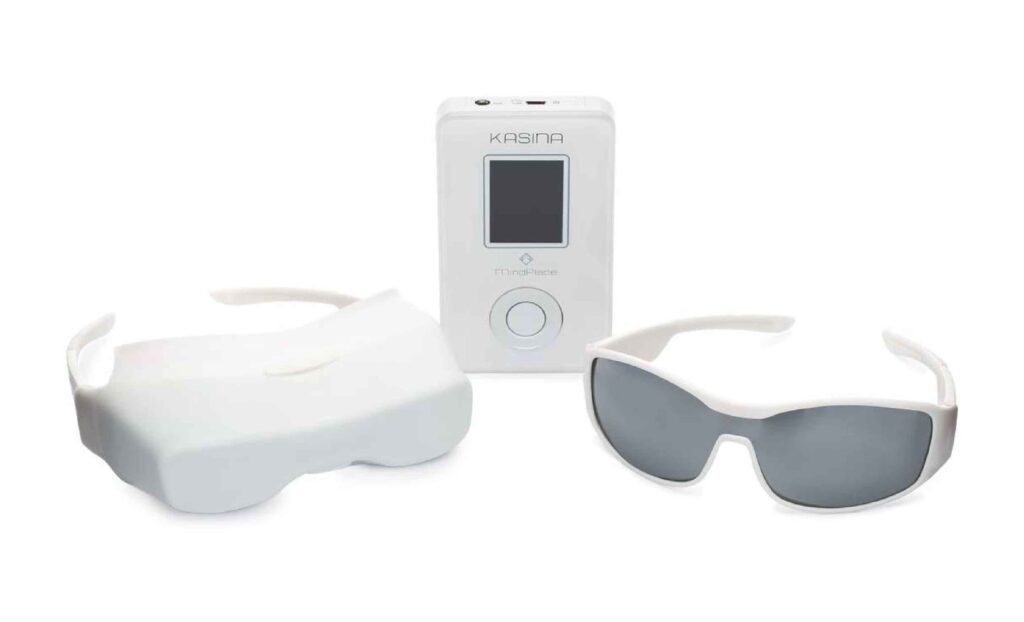
The Kasina DeepVision bundle is your perfect meditation companion device for breathing. This bundle creates an uninterrupted meditation experience for the user.
Features:
- Comes with light-blocking goggles
- Built-in 40 sessions
- Perfect for breath working
2. MUSE 2: The Brain Sensing Headband

If you want to track your meditation progress, then the Muse 2 is the perfect device for you. It connects to your phone via Bluetooth and can monitor your brainwave to track your performance throughout the session.
Features:
- Bluetooth connectivity
- 5-hour battery life
- Works on both Android and IOS
3. Tim Janis Relaxation
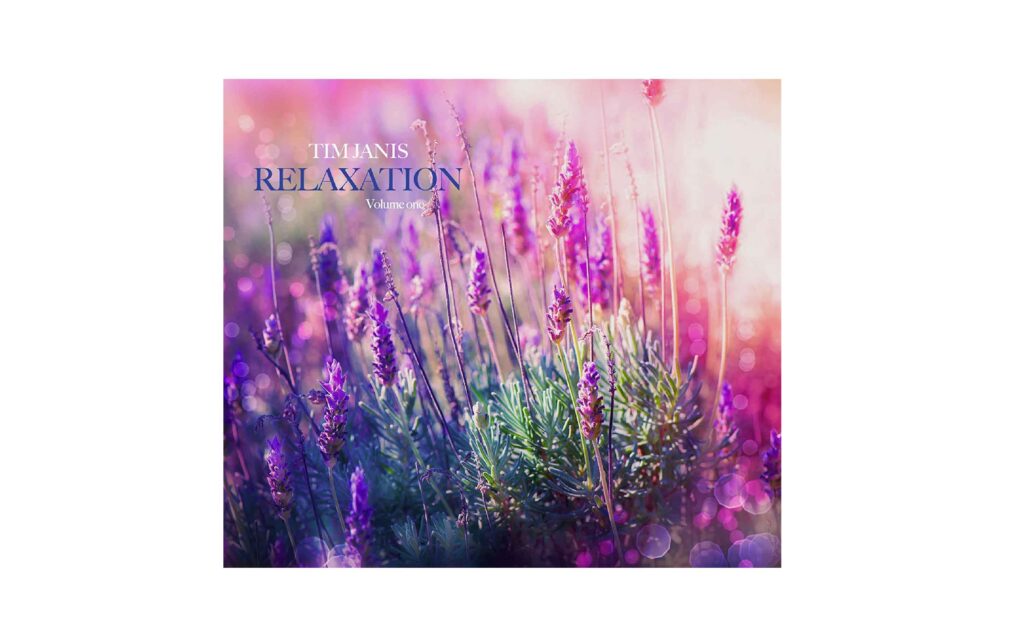
It is said that music is the best aid for meditation. But not all kinds of music are suitable for meditation. Here is our recommendation for meditation music. This music is composed by Tim Janis and claims to help you fight anxiety and stress with its relaxing tones.
Features:
- Calm music for relaxation
- Available in CD, and MP3 format
- Free unlimited streaming is also available
4. Headspace
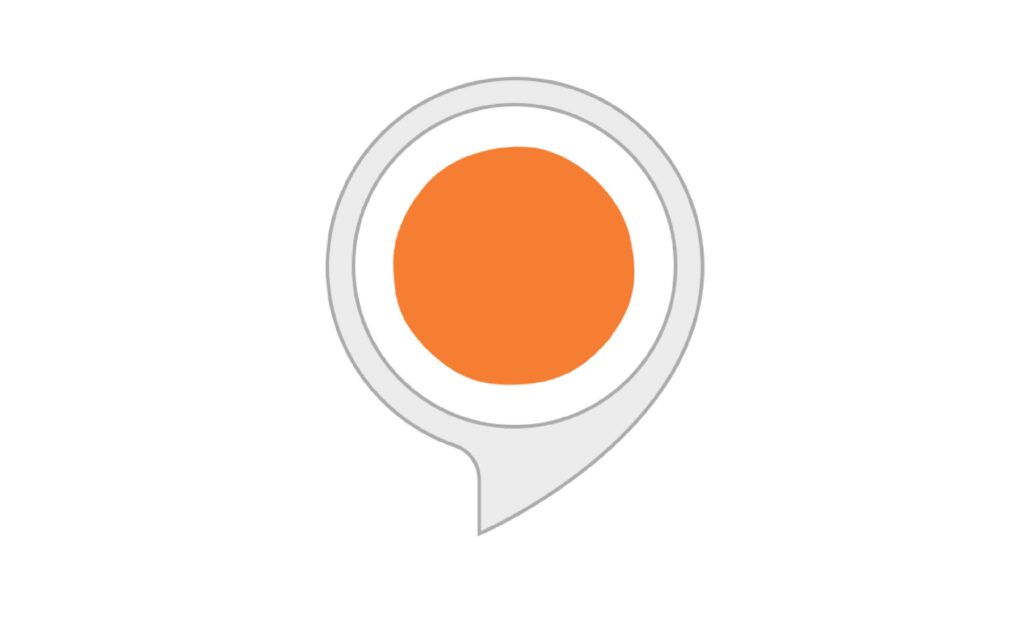
Headspace is one of the best smartphone meditation apps out there in the market. But you can run it on your Amazon Alexa too. It is a service rather than a device. This app contains many guided meditation sessions.
Also, there are some great meditation tracks available in the software. You can use it to create the perfect meditation environment.
Features:
- A monthly subscription-based meditation service app
- Developed by world-renowned meditation consultants
- Relaxing play tracks
5. Daily Affirmation

Daily Affirmation is another app for your Amazon device. This one has a unique take on meditation. Every day it gives you a new affirmation to work with. This affirmation serves as your focus for meditation.
Features:
- A companion app for your smartphone
- New affirmations daily
- Gives you a focus word/ sentence for daily meditation
FAQ
Do training masks make breathing meditation better?
Training masks actually reduce your oxygen intake. Thus, they are not good for breathing meditation.
Do we need any special type of environment for meditation including breathwork?
A relaxed environment with less polluted air will suffice for breathing meditation.
How often should we perform breathing meditation?
We should perform breathing meditation at least once a day. But if your doctor instructs you to do more, then follow your doctor’s instructions.
How many breathing meditation techniques should I use in one session?
You can try all the breathing techniques you know in one meditation session. But keep a recovery period while switching techniques.
Conclusion
So that was our take on different home breathing exercises. We have also recommended some meditation aiding gadgets. Be sure to check them out.
You can also read: Best Mindfulness Gifts for Him/Her